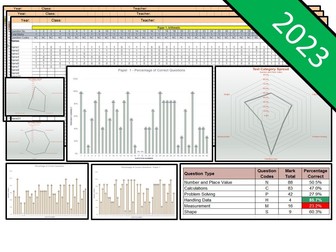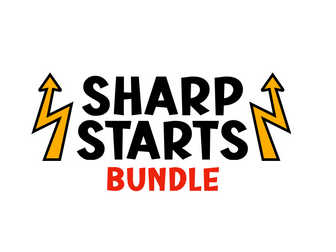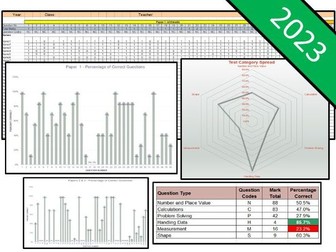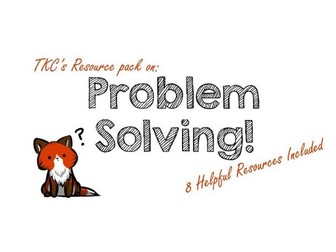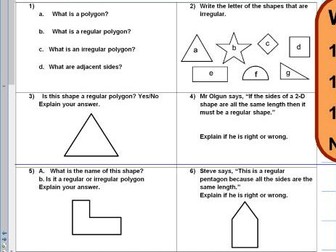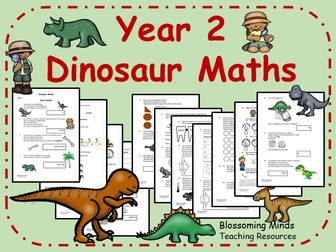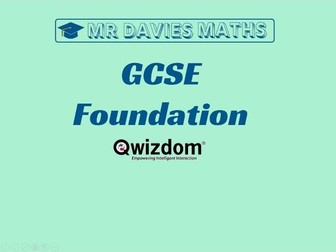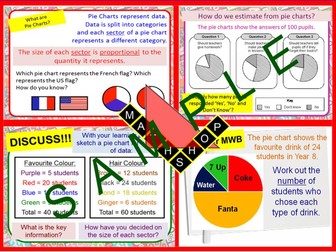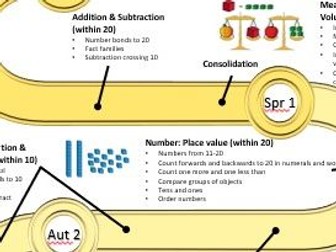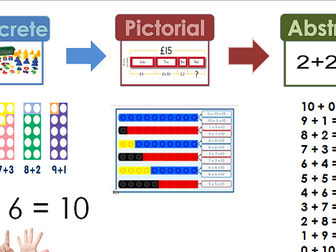Bundle

NEW Bundle - 2023 Key Stage 2 SATs Question Level Analysis (QLA) - Maths, Reading and SpaG
Includes:
KS2 2023 Maths SATs QLA
KS2 2023 Spelling, Punctuation and Grammar SATs QLA
KS2 2023 Reading SATs QLA
Easy to use Excel Spreadsheets to analyse the above SATs test scores using Question Level Analysis (QLA). All papers are analysed and will highlight students’ areas of strength and weaknesses in key maths (number, calculation, problem solving, handling data, shape and measurement), reading (giving/explaining meanings of words in context, retrieving and recording information/identifying key details from fiction and non-fiction, summarising main ideas from one or more paragraphs, making inferences from the text/explaining and justifying inferences with evidence from the text, and identifying and/or explaining how information or narrative content is related and contributes to meaning as a whole) and SPaG (grammatical terms/word classes; functions of sentences; combining words, phrases and clauses; verb forms, tenses and consistency; punctuation; vocabulary; standard English and formality; and spelling) areas. Simply add the students’ name and their score and the spreadsheet will update and produce graphs based on their answers.
